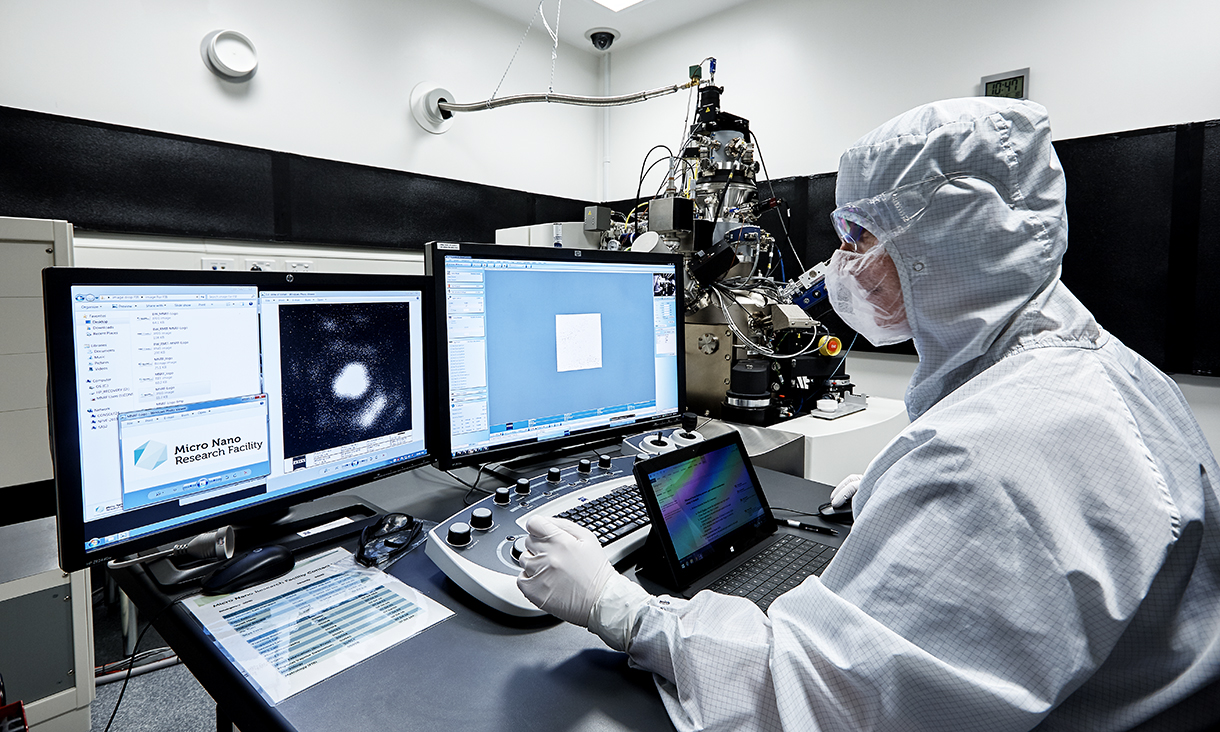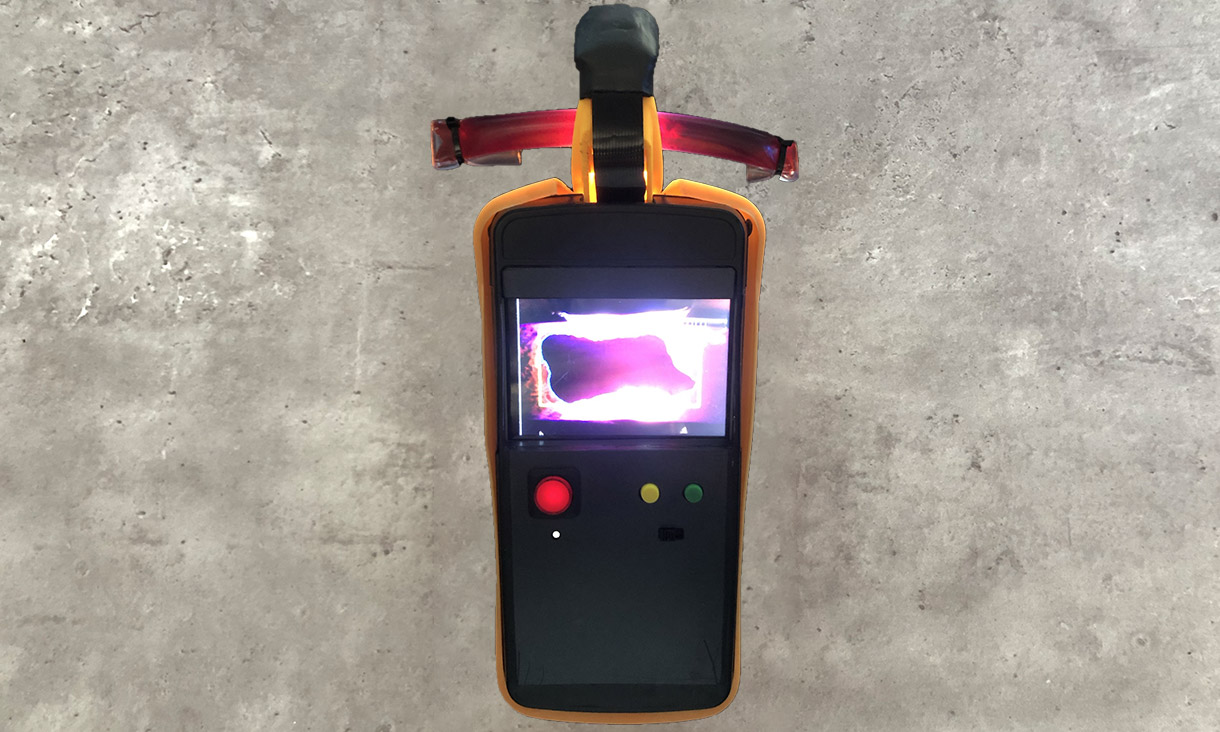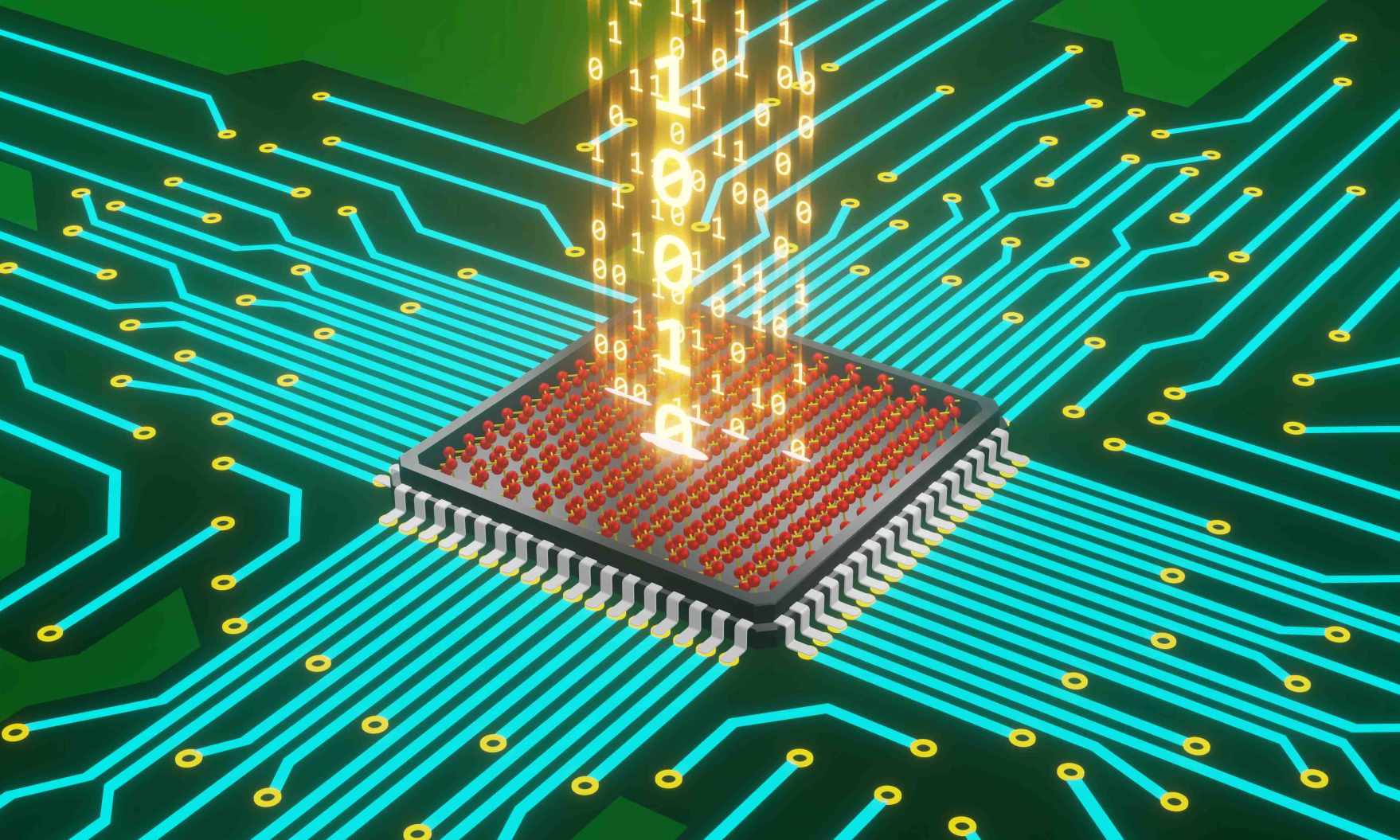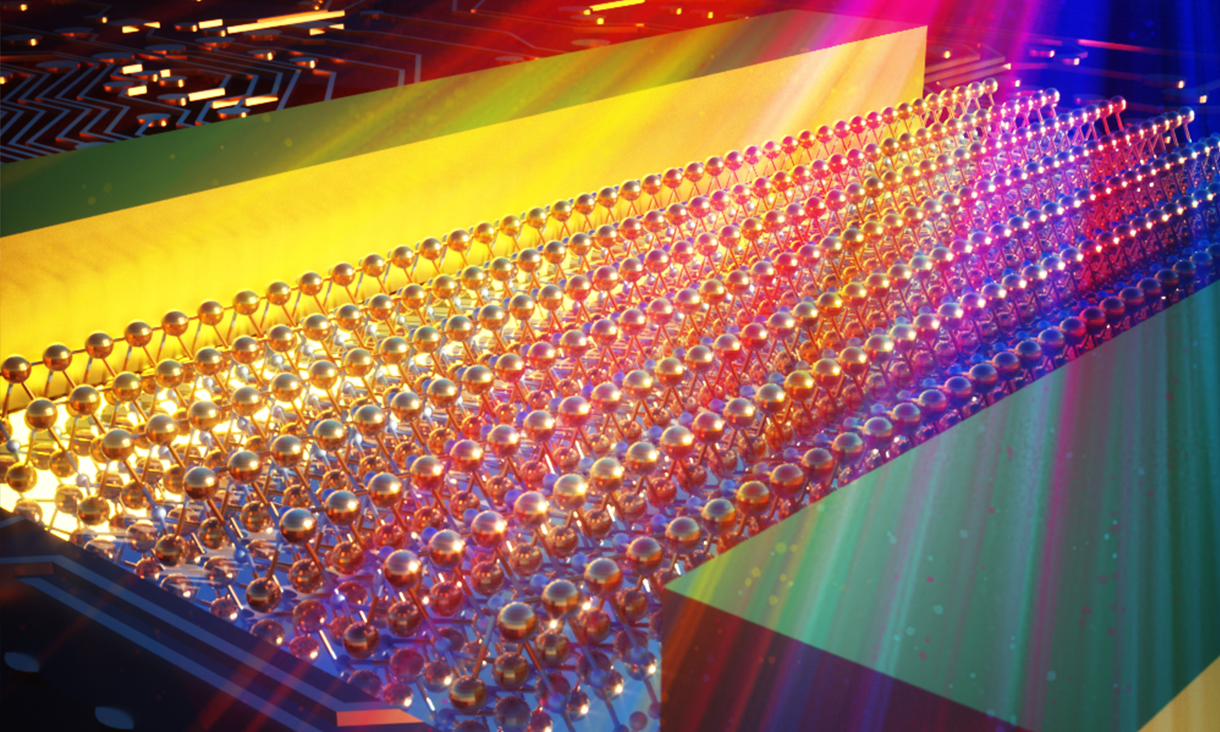Electronic and telecommunications engineering at RMIT encompasses many key research areas including:
- Integrated photonics for communication and biomedical applications
- Micro/Nano devices and systems for sensing, biomedical and electronic applications
- Metamaterials for RF security, antennas and biomedical applications
- Low temperature co-fired ceramic (LTCC) devices and systems
- Radio frequency systems, devices and antennas for defence systems and 5G telecommunications
- Next generation networks including sensor networks and the Internet of Things
- Optical quantum computing and communications
Our impact
Our expertise, state-of-the-art facilities and opportunities for interdisciplinary collaboration have produced many high impact advances including:
- ingestible smart pills for the diagnosis of gut disorders and diseases
- memristors (functional elements of the bionic brain)
- two-dimensional semiconductors (phosphorene or black phosphorus) that are an efficient, switchable alternative to graphene
- flexible electronics (oxide electronics that bend and stretch)
- wearable patches (transparent electronic skin) for environment and health monitoring
- data routing for quantum computing
- conformal antennas that can be used as structural elements in car bodies and aircraft wings and fuselages
- advanced radar systems and communication systems for defence applications
- RF energy harvesting for scavenging power from ambient electromagnetic radiation
- frequency selective surfaces (metamaterials) for shielding and filtering
We lead Australia’s silicon photonic capability in areas including simulation design, fabrication, packaging and testing. Our photonics design tools are licensed to industry globally.
We are the leading Australian institution in terahertz device fabrication, including metamaterials, beam steering and plasmonics.
We have recently demonstrated through clinical trials an ingestible gas sensor module capable of measuring gastrointestinal gas and transmitting the information to a smart-phone. This device provides real-time data about the state of the intestinal tract.
We are the leading Australian institution in antennas and radar systems development for a range of defence applications. Our current partners include the Defence Science and Technology Group, BAE Systems and DefendTex.
Research centres and groups
Facilities
The following major research facilities support our research:
In addition, the School boasts excellent facilities in the communication and network engineering branches of telecommunications engineering. We have full measurement capabilities with automated anechoic chambers covering 1-110GHz, plus network and spectrum analysis to 40 GHz. A full suite of state-of-the-art simulation tools including microwave circuit and system simulation, electromagnetic simulation and semiconductor device modelling and simulation. A Low Temperature Co-fired Ceramic (LTCC) fabrication facility for prototyping integrated RF systems, as well as a range of deposition systems within the Micro Nano Research Facility. The School also has a network engineering research facility that enables research in cognitive radio, ad-hoc networks and software-defined networking.
Who we are
Electronic and Telecommunications Engineering staff








